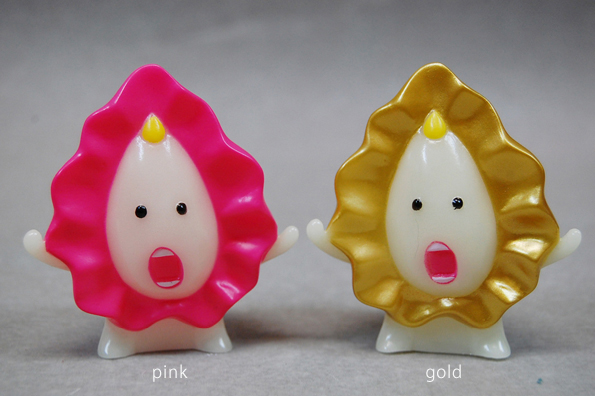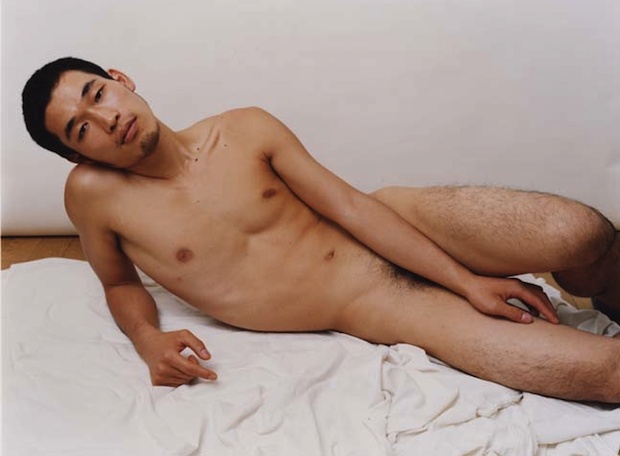Photographer Noriko Takasugi has devoted herself to going in search of modern-day “samurai” in the devastated region of Fukushima in northeast Japan.
Her “Fukushima Samurai” series, though, is far from being just a cosplay gimmick. It’s a story of identity. As the artist says: “Since 2011, I have devoted my time to capturing the survivors of 3.11. While I am listening to their story, I could not ignore the unique spirit emerging in these people. These photos are part of my long-term project that differs from the major news stories about the disaster, having been investigating the evacuees not as victims, but as part of a 1,000-year-old folk culture of the area and representative of Japanese identity, examining how they are surviving and fighting their fate to retain their sense of self.”
![fukushima samurai noriko takasugi photography soma nomaoi festival]()
With a background in clinical psychology at Waseda University and training under Daido Moriyama, Takasugi is one of eight photographers engaged since 2011 in the “Fukushima Photo Project”. Her own contribution looks at identity and the relationship between man and the environment.
Her project focuses on participants in Soma-Nomaoi, an annual celebration in Fukushima that is 1,000 years old. The high point of the famous three-day festival in the district sees horsemen dressed in traditional samurai gear race against each other.
The resulting work, “Fukushima Samurai”, is available as a photo book and is an exploration of Japan as a “hidden world” of ordinary human warmth and triumph in the wake of the 3.11 disaster. As Takasugi notes, Soma-Nomaoi “is not just an event but also an embodiment of their identity and fight for survival. Here, the samurai way of life, Bushido, corresponds to the concept of chivalry. This sense of identity represents how and why, they live.”
![fukushima samurai noriko takasugi photography soma nomaoi festival]()
The series of portraits of these unbroken men, still intent on participating in Soma-Nomaoi in spite of the hardships they have faced (death, radiation, the destruction of their homes and businesses), is a quiet reflection on masculinity and the dignity and tenacity required to overcome adversity. It might not be the Hollywood version of the samurai spirit but it’s there all right.
Her work has attracted the attention of press such as The Independent newspaper and has been exhibited widely, including in the UK.
![fukushima samurai noriko takasugi photography soma nomaoi festival]()
As Takasugi says:
The Nomaoi Samurai warriors portrayed here were once residents in the area close to the Fukushima Daiichi nuclear plant but they are no longer allowed to live there. Each of them stands in the places that had a personal meaning to them in the area.
Nomaoi Samurai who stand here were the residents of the area near Fukushima Daiichi nuclear plant. They are unable to live there anymore but are able to enter the territory during a day. The Nomaoi men took me to the restricted area, to the places personally meaningful to them, reviving memories of home.
Armored from head to toe with inherited familial flags hanging from their backs, five hundred samurai storm forward recreating a battle scene. Soma-Nomaoi is an annual celebration of samurai culture in Fukushima more than one thousand years old.
The earthquake and tsunami that struck Japan in 2011 caused widespread destruction including the explosion at the Fukushima Daiichi nuclear plant. About two thousand people died in Fukushima, eighty per cent of whom were from the area where the Soma-Nomaoi is held. Due to the radiation, the people were forced to relocate the day after the disaster, with many indefinitely losing their houses, land and jobs.
Despite the harsh conditions, loss of lives and loss of hundreds of their horses and much of their armory, the majority of the surviving Nomaoi men agreed to hold the gathering in 2011, just a few months after the disaster.
Having spent a month with the local people between summer and autumn 2012, I believe Soma-Nomaoi is not just an event but an embodiment of their identity and fight for survival. This unique sense of identity represents not only how, but why, they live.
“It has been tough working there since the disaster,” said one of the portrait subjects, “but I could survive because of Soma-Nomaoi.”
![fukushima samurai noriko takasugi photography soma nomaoi festival]()
If you’re in Tokyo, be sure to check out Takasugi’s series of “Fukushima Samurai” at the Konica Minolta Plaza until July 14th.
![budda]()






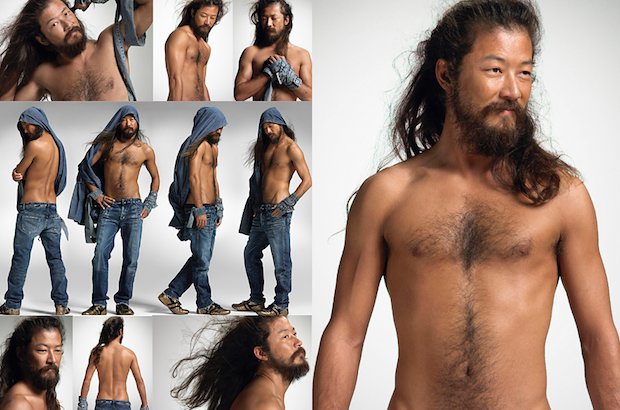




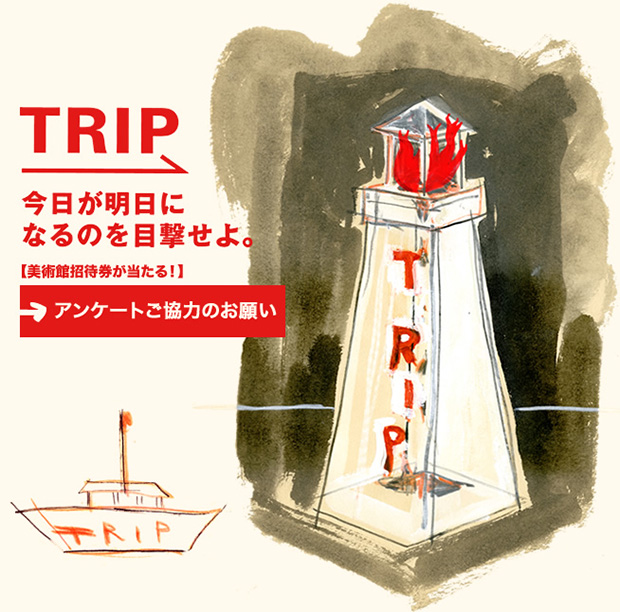



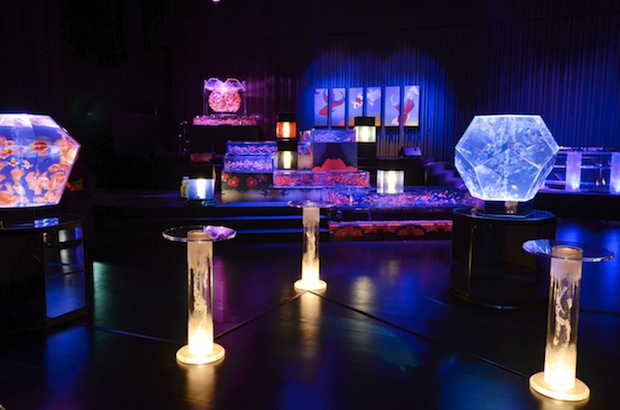


















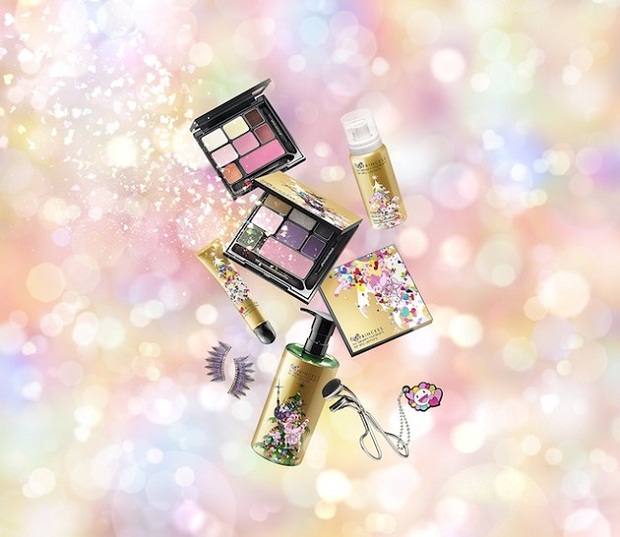



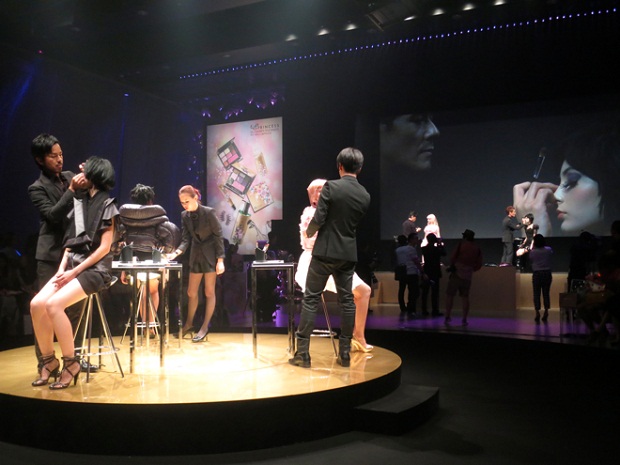












 [Image via
[Image via 




























































